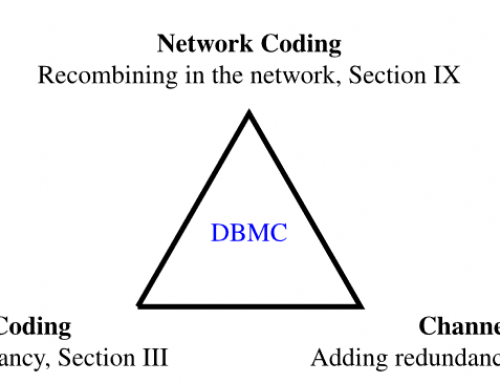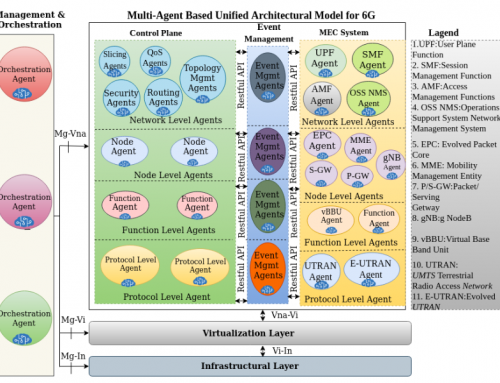Abstract:
The study and design of 5G seems to have reached its end and 5G communication systems are currently under deployment. In parallel, 5G standardization is as Release 16, which is going to complete the definition and the design guidelines of the 5G radio access network. Because of that, the interest of the scientific and industrial communities has already started focusing on the future 6G communication networks. The preliminary definition of future technology trends towards 2030, given by major standardization bodies, and the flagship 6G projects worldwide have started proposing various visions about what 6G will be. Side by side, various scientific articles, addressing the initial characterisation of 6G, have also been published. However, considering the promises of 5G, can 6G represent a significant technological advancement to justify a so-called new generation? In fact, now, 5G softwarized networks may just imply continuous network software upgrades (as it happens for the Internet) instead of new generations every ten years. This article starts describing the main characteristics that made 5G a breakthrough in telecommunications, also briefly introducing the network virtualisation and computing paradigms that have reformed telecommunications. Next, by providing rigorous definition of the terminology and a survey of the principal 6G visions proposed, the paper tries to establish important motivations and characteristics that can really justify the need for and the novelty of future 6G communication networks.






